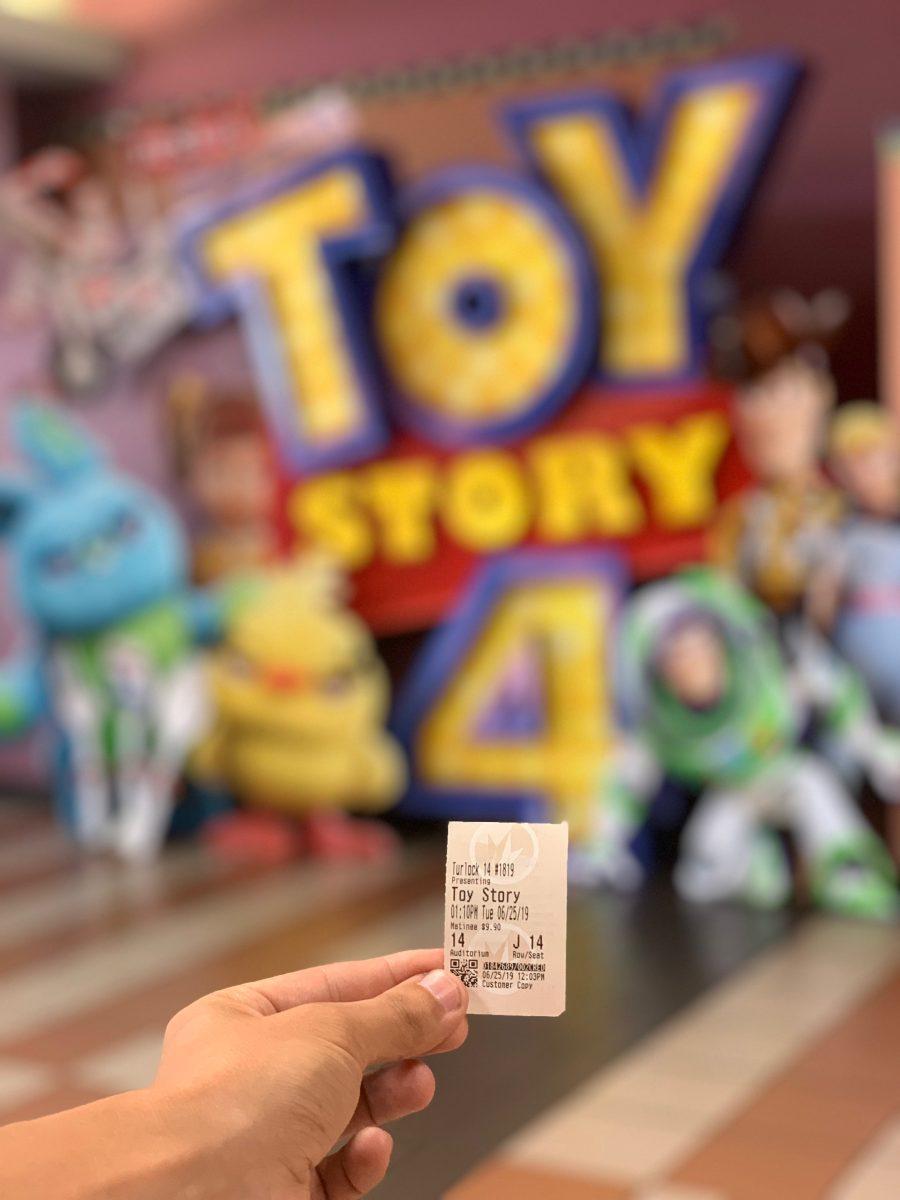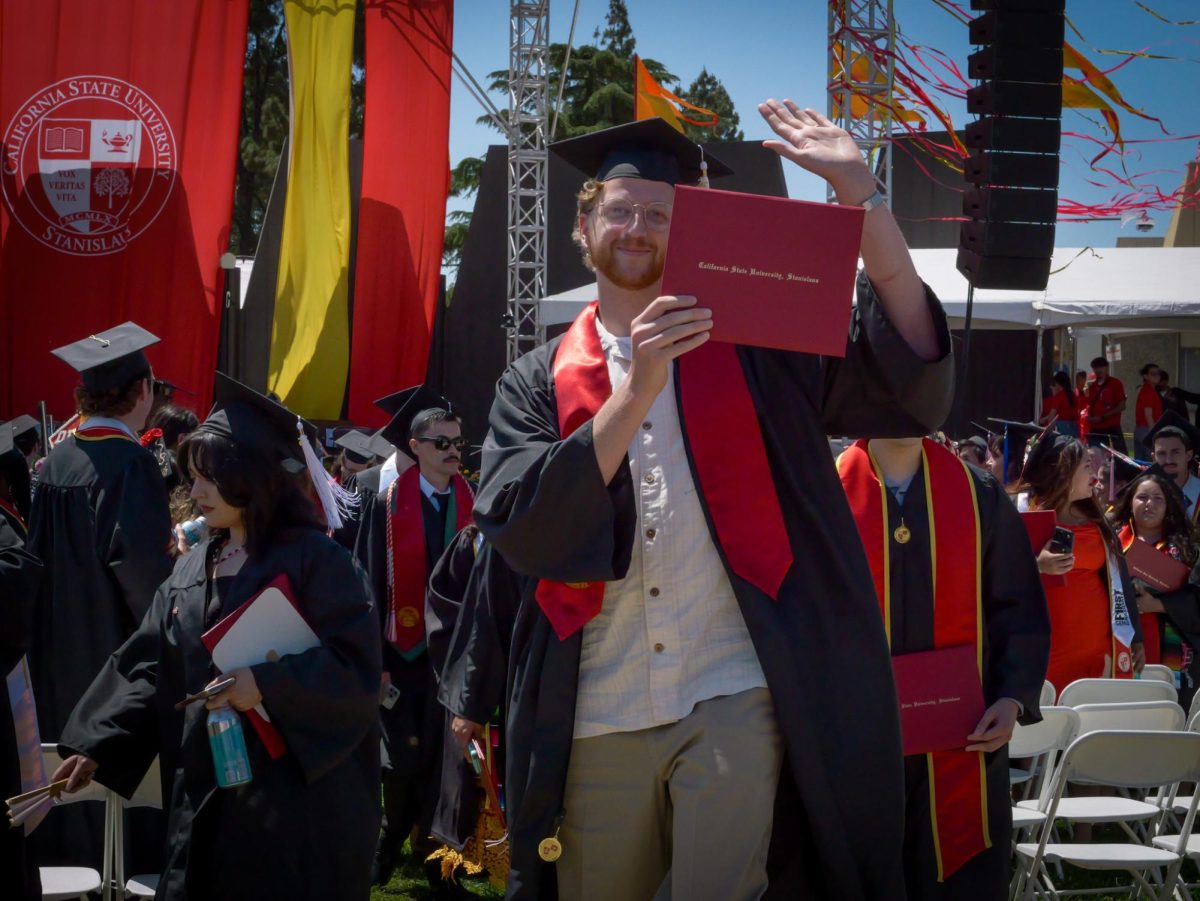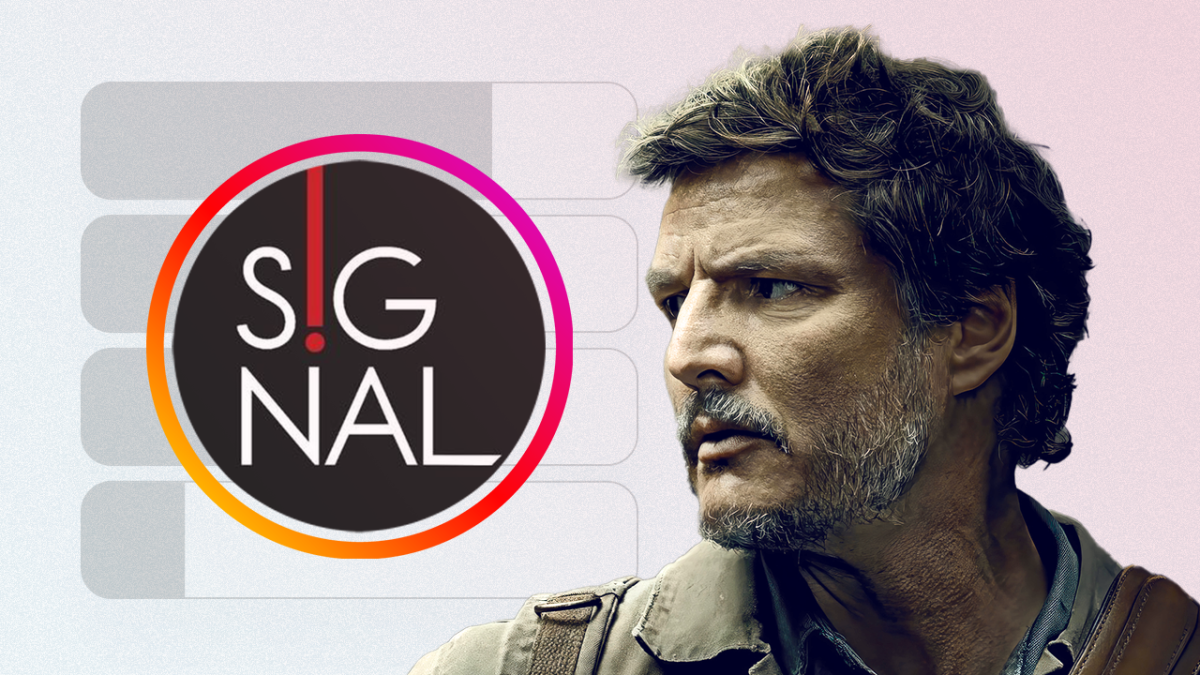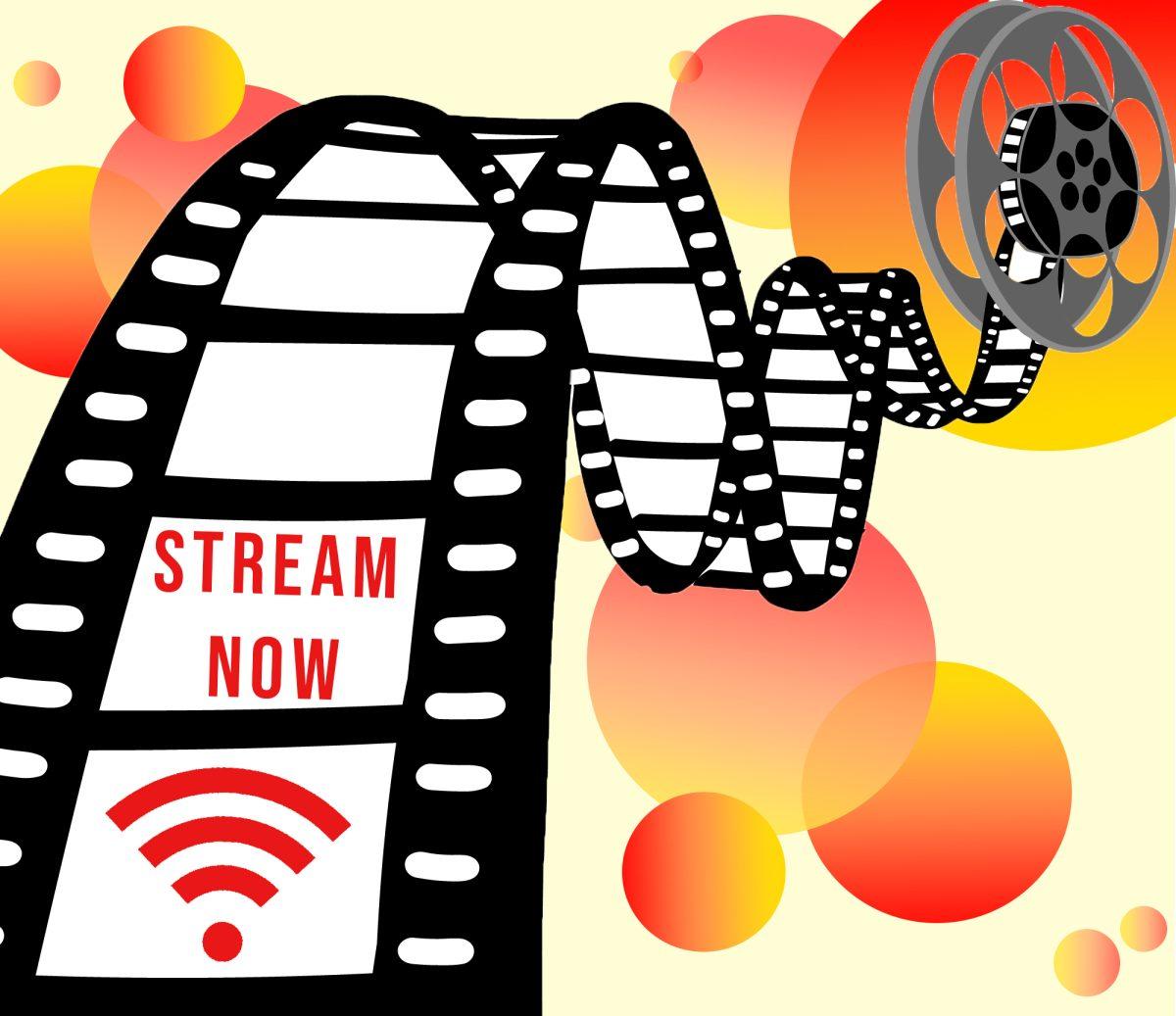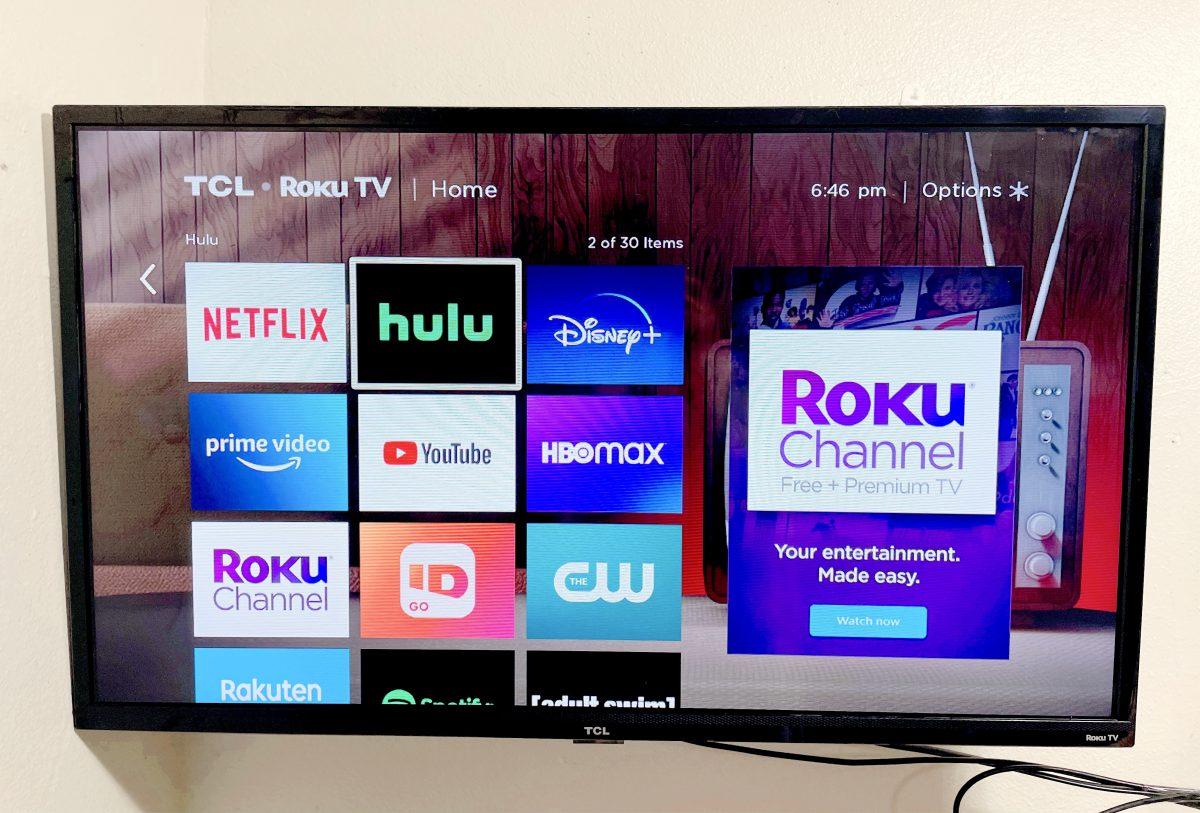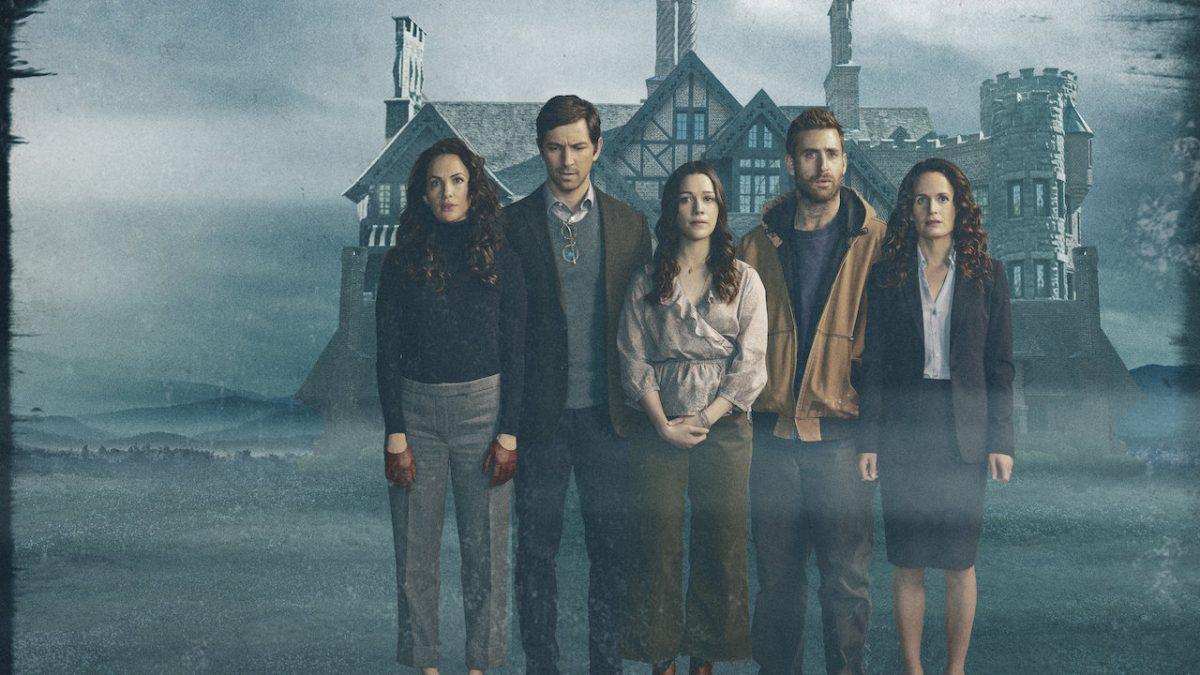Toy Story 4 is the latest and potentially final installment of the Toy Story franchise. It came out on June 20th, currently has a 98% on rotten tomatoes, hit a franchise record of $118 million opening weekend, and tops the box office for the second week in a row.
With the third installation just hitting their nine-year anniversary earlier last month, many were left with the question, what can Buzz and Woody teach us now?
(Spoiler Alert) If you haven’t already seen Toy Story 3 yet, you probably shouldn’t read on.
After Andy goes off to college in 2010, Woody and the gang are left with a new owner and her room full of new friends. When Andy left not just his toys but his childhood behind, it showed that it was okay to move on because your past will be in good hands. With Andy’s age correlating with a majority of viewers, many kids were leaving to college or were already in college so the story really hit home.
The current installment focuses on not Buzz or Woody but instead a new toy, a makeshift fork named Forky. Being literally “born yesterday” Forky is both innocent and curious, which makes him a lovable and refreshing character.
He was made by Bonnie, the new owner of the Toy Story gang, while at her first day of kindergarten out of items from the trash. Being made of trash, Forky identified as waste and useless until Woody explained that he was created by Bonnie’s to help her cope with being in kindergarten.
Bonnie and Forky’s relationship teach young and older viewers that they are special to someone and that they aren’t trash. If someone is feeling down or useless, be a friend like Woody and help them realize that they are worth it.
Self worth is a huge message throughout the film, but not as big as listening to your inner voice.
While Forky and Woody are catching up to the rest of the gang (you’ll have to watch the movie to know why), Buzz is going through a somewhat midlife toy crisis of not knowing what to do next.
After Woody tells him to listen to his inner voice, Buzz does just that and for the most part, it leads him to the right places. By using his programmed catchphrases as his “inner voice,” he solves his inner doubts and even advises Woody to do the same at the end of the film.
Unlike the end of the last Toy Story, audiences aren’t left in tears but instead fulfilled and satisfied with which path Woody chooses to take.

